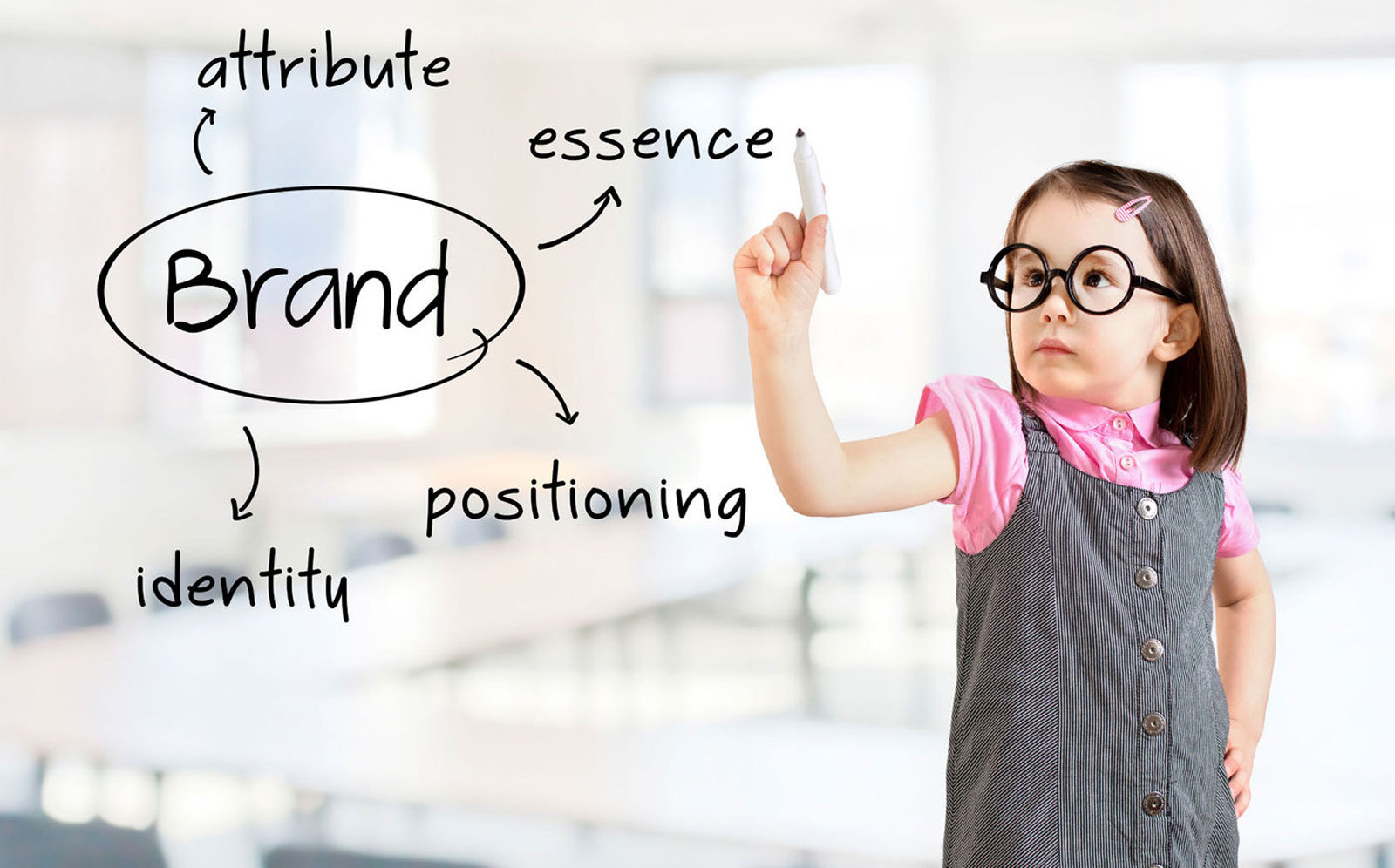
28 Jun Humanizing Brands with Personality & Essence
As we’ve discussed in a recent blog post about The Big Shift in Branding, brand development has been experiencing a fundamental shift toward a more personal, connective state in business – and becoming more “humanized.” Customers expect to be able to interact with brands directly by demanding new products/services and by becoming a more active part of the conversation. Brands and branding techniques are changing to reflect this by offering a more immersive, customized experience. Telling the brand story will forge an emotional bond between the brand and the customer, aligning them with the emotional core of the brand and creating a more human-like feel.
Customers are more likely to identify with more humanized brands. The challenge is to figure out which human characteristics your brand possesses. You also want your customers to identify with specific emotions when experiencing your brand. In order to become more humanized, brands should focus on developing their brand personality and essence.
A brand’s personality is the application of human characteristics to the brand. It describes how the brand thinks, acts, and reacts. To determine your brand’s personality, think of your brand’s story… and how you would describe your brand, products and/or services. Brand personality types are very similar to the big five personality traits of openness, conscientiousness, extraversion, agreeableness and neuroticism.
For business, the five core brand personality traits are based on:
Sincerity – sensible, honest, wholesome.
Excitement – daring, spirited, imaginative, advanced.
Competence – reliable, intelligent, successful.
Sophistication – high-end, charming, exclusive.
Ruggedness – outdoorsy, tough, athletic.
Every brand can be described as having one of these traits as their brand personality. For example, Disney projects magical, imaginative feelings, centering around excitement; Ford trucks are built tough, providing a strong, rugged brand personality; and FedEx delivers to the world on time, maintaining their reliability and competence.
In addition to having a personality, you want your customers to feel intangible emotions when they experience your brand. This is the heart & soul of the brand, known as the brand’s essence.
Brian Solis, a media thought leader and author, provides 9 criteria for establishing brand essence in his book, The End of Business As Usual: Rewire the Way You Work to Succeed in the Consumer Revolution.
Focus. Find one word that defines the brand and delivers a unique experience.
Feeling. Describe what it is you want a consumer to feel – the intangible emotion – when he/she comes into contact with your brand.
Individuality. What makes the brand unique?
Experience. When a consumer experiences a product or service, what feelings does the encounter elicit? Was it meaningful?
Consistency. What a brand conveys now and every day and delivers as promised.
Credibility. Align the brand essence with experiences and adjust the course of engagement and transformation when necessary. Be authentic.
Longevity/Sustainability. Is the brand’s essence designed to last and stand the test of time, and is it infused in every aspect of your brand?
Personal. Something personal that people aspire to embrace and be a part of.
Portable/Scalable. A strong understanding of how emotion is transferable across networks and extensions.
Brand essence is usually best described using one word. Some prominent examples of brand essence include Volvo being “safe”, Disney being “magical”, and Coca-Cola being “refreshing”.
Identifying your brand’s personality and essence, in addition to providing a customized brand experience, will create a more humanized brand and strengthen the bond with your customers. Using the tips outlined above, how would you describe your brand’s personality and essence?



Sorry, the comment form is closed at this time.